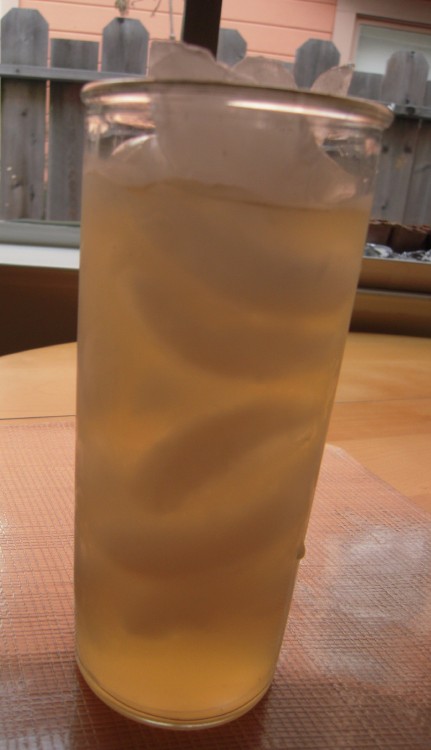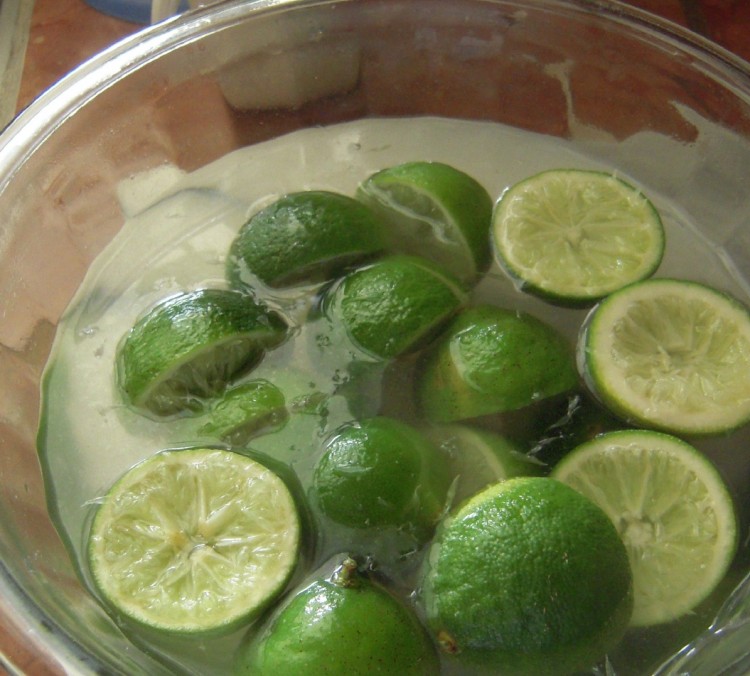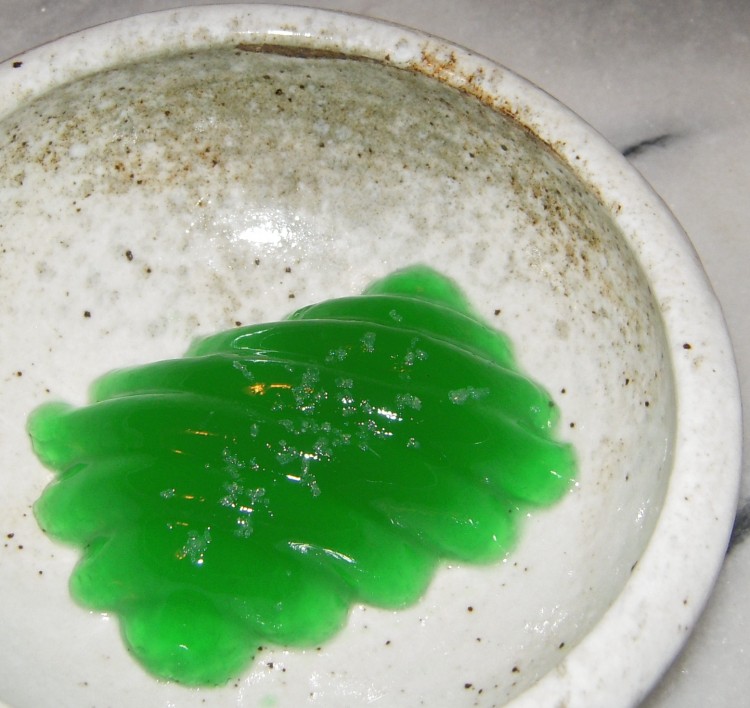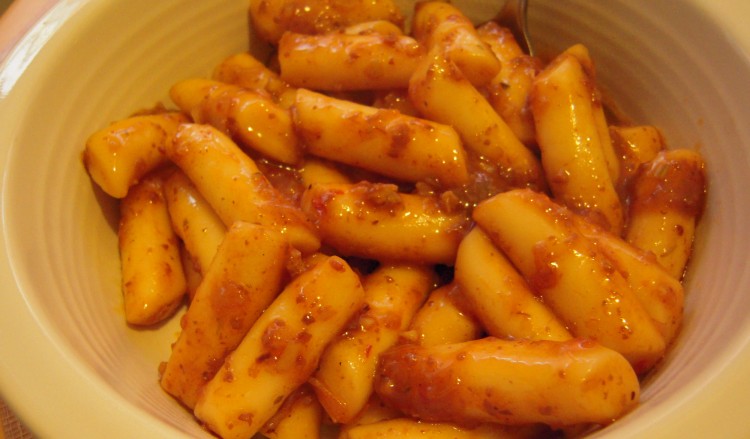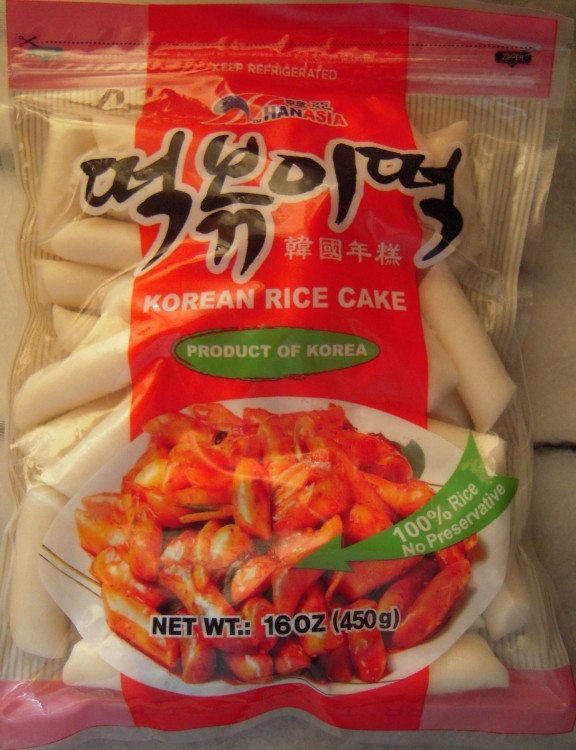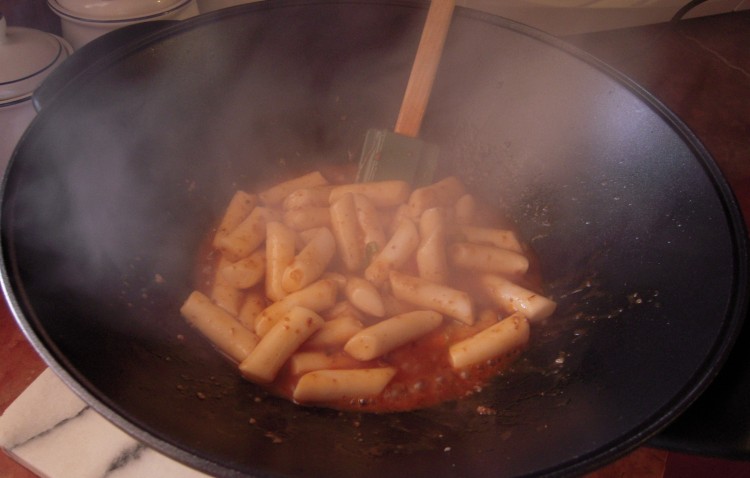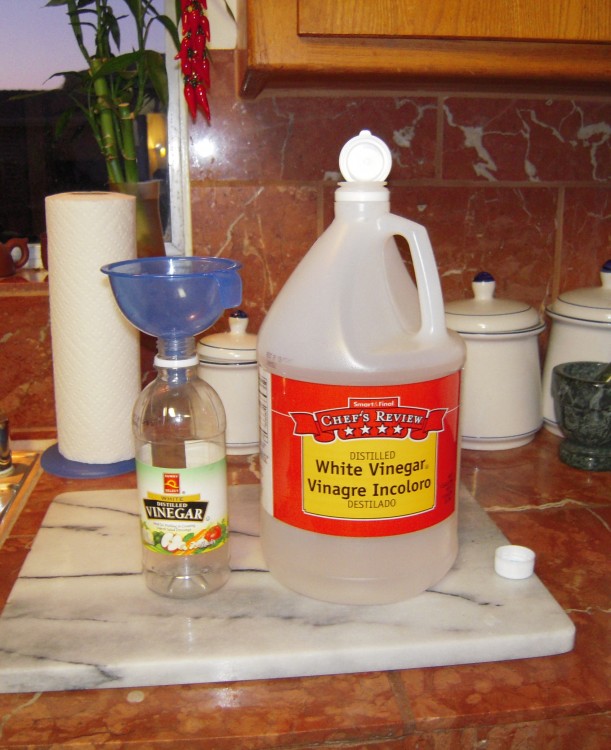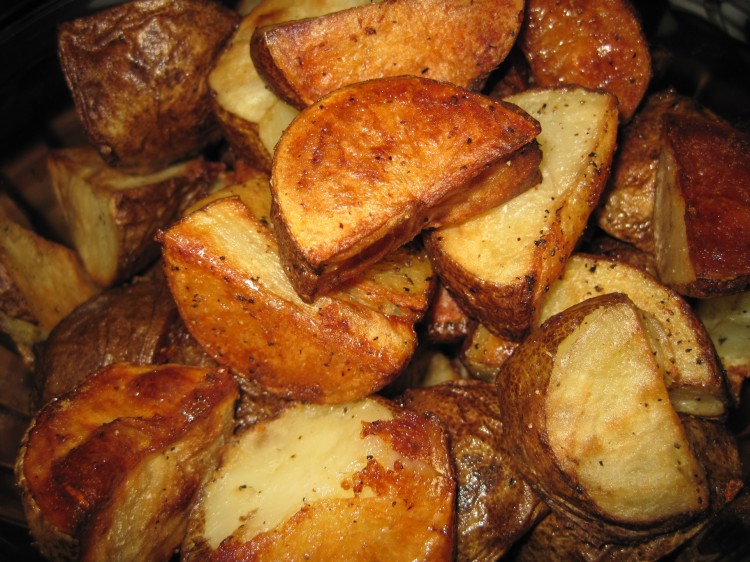
Being of German extraction, I think you should always have a bag of potatoes in the house.
Whatever else you may or may not have on hand, with potatoes and oil you can make a meal: roast potatoes.
If you have eggs, you can add a couple on top – over easy. Throw in toast and you’re living large.
With a container of rendered duck fat, however, you can produce the most fabulous roast potatoes of your life.
Now you know why I serve duck for Easter. Not only are roast ducks delicious, but I wind up with a couple of cups of fat that I can use over the next 6 months.
While I don’t use a traditional rendering method, it works just fine for me, so I thought I’d pass it along.
It’s easy. Go to 99 Ranch Market or your supermarket and buy a duck. You’ll probably get a Pekin, which is the most common meat duck in the US. When I was growing up they were called “Long Island” ducks. Apparently a number of them were exported from China in 1873, with several winding up in New York’s Suffolk County. This part of Long Island then became a major duck farming area.
You might see Musovy ducks – stronger tasting and leaner – or the Pekin-Muscovy hybrid, Moulard. Since you’re not making confit (in which case the Moulard would be your pick), and you want lots of fat, I’d go with the Pekin.
Rub with salt and roast on a rack at 350 deg. F until the internal temperature reads 165. A broiling pan works well for this – the kind you get when you buy a range. Some cookbooks tell you not to rub ducks with salt prior to roasting, but this is crazy to me. I want crispy skin and don’t care if there is salt in the rendered fat. If you have convection, use it. This is not a good time to use wine or apples or any of that other stuff because you don’t want to flavor the fat. When you move the duck from the rack to a serving dish or board, don’t allow all the juices run out of the opening into the roasting pan.
OK, so now you have a duck for four that you can serve with braised red cabbage and whatever else you want.
You should have a nice amount of fat with some drippings in your roasting pan. Try to leave drippings in the pan, to the extent possible, in the next step. When just comfortable to handle, carefully pour fat through a fine-meshed sieve into a large glass measuring cup, or something like it, and leave on your counter until the fat has risen to the top of any drippings. At that point you can just pour (or almost pour – the melting point of duck fat is 76.5 F) the fat into a food-safe plastic container, being sure not to pour any of the drippings out. This is very important because they will reduce the shelf-life of the fat considerably! Wrap the container in plastic and store in the back of your fridge.
Drippings scraped from the pan and those remaining in your measuring cup can be stored in a small container for use in the next few days. I don’t bother separating out that last little bit of fat, and simply make a big batch of roast potatoes with this mix of fat and gelee, or use the latter in a pan sauce. I try hard not to waste anything on an animal.

If you want to make roast potatoes, just substitute all, or half, of your canola or olive oil with duck fat.
Duck fat tastes so good you’d think it was terrible for you. On the contrary, it’s high in monounsaturates and has good things going for it in the way olive oil does.
Before I jot down my roast potatoes recipe, I want to give a nod to Pear Street Bistro in Pinole. A couple of years ago I had an appetizer there that involved crispy roast potatoes covered with melted Gruyere and a side of short rib gravy. Since that time I’ve stretched many a meal out of leftover braising sauce, melted cheese and roast potatoes!
Crispy Roasted Duck Fat Potatoes
4 extra-large Russet potatoes, washed/scrubbed, dried and cut into large pieces (1-1/2″- 2″)
1/4 cup rendered duck fat, give or take, dep. upon potato size
Kosher salt
Freshly-ground pepper
1). Place potatoes on a large sheet pan*
2). Add the duck fat and salt to your liking
3). With your hands, rub fat, salt and potatoes together so potatoes are coated
4). Bake at 400 deg. F (convection, if you have it, but keep an eye on things to prevent burning) for about 40 minutes, or until you see some serious browning action
5). Take out and turn potatoes. Use a spatula with a sharp edge and scrape/pry under potatoes so you don’t leave crusts on the pan. Some will stick, some won’t. If they are too dry, you can add a little olive oil, making sure there is oil where taters make contact with the pan
6). Continue to roast until very brown on all sides. I tend to overcook them a bit so they’re very crisp on the outside and buttery soft inside
7). Remove from pan carefully with said spatula and sprinkle with a little ground pepper
*You should have at least one really big sheet pan! For most of us this will be 15″ X 21″ – AKA 3/4 sheet pan, based on commercial sizes.
